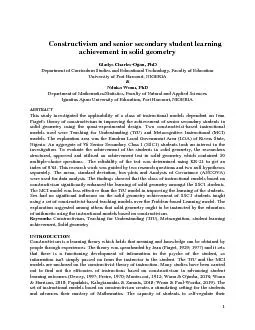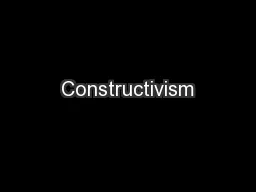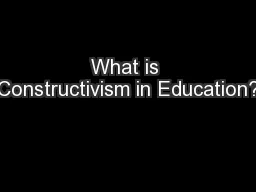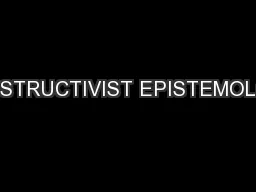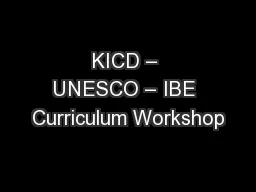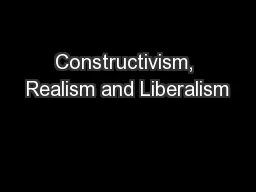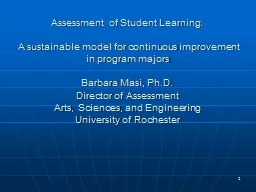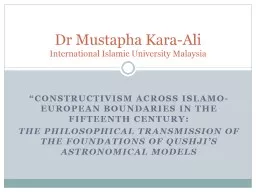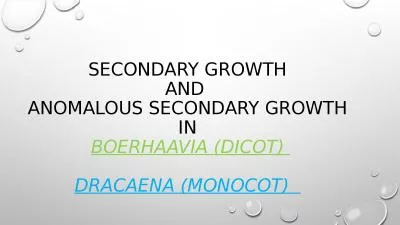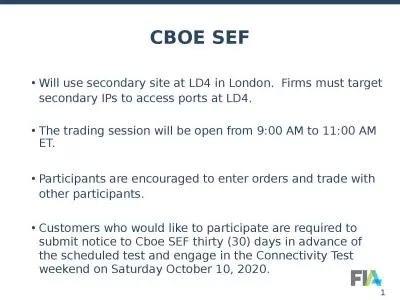PDF-Constructivism and senior secondary student learning
Author : reese | Published Date : 2021-07-03
1 achievement in solid geometry Gladys Charles Ogan PhD Department of Curriculum Studies and Educational Technology Faculty of Education University of Port Harcourt
Presentation Embed Code
Download Presentation
Download Presentation The PPT/PDF document "Constructivism and senior secondary stud..." is the property of its rightful owner. Permission is granted to download and print the materials on this website for personal, non-commercial use only, and to display it on your personal computer provided you do not modify the materials and that you retain all copyright notices contained in the materials. By downloading content from our website, you accept the terms of this agreement.
Constructivism and senior secondary student learning: Transcript
Download Rules Of Document
"Constructivism and senior secondary student learning"The content belongs to its owner. You may download and print it for personal use, without modification, and keep all copyright notices. By downloading, you agree to these terms.
Related Documents

